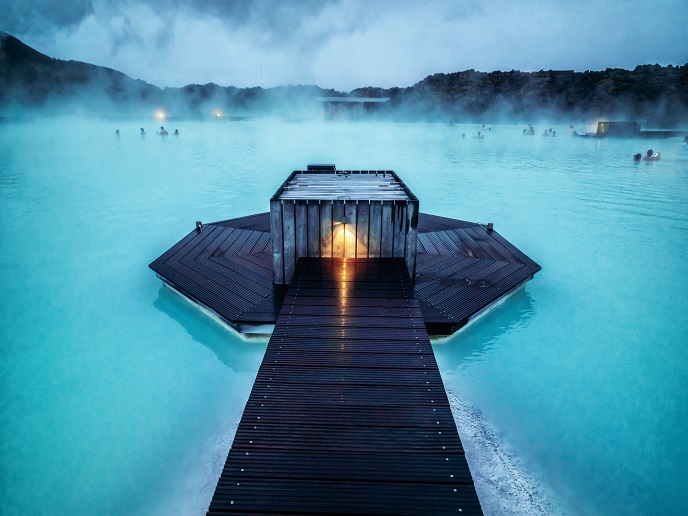Why can’t we use geothermal everywhere?
The idea of geothermal energy in Europe conjures up images of the hot springs of Iceland. But in fact, the leading country for geothermal electricity in Europe is Italy. Geothermal energy can be extracted anywhere, says Dumas, secretary general of the European Geothermal Energy Council(opens in new window). “You have a constant heat flow from the centre of Earth.” Down to about 5 metres, this heat can be influenced by environmental conditions on the surface. But research by French scientists in the 1980s showed that from 5 to around 500 metres, the temperature is constant. “It’s a really good principle, and that is anywhere,” says Dumas. The amount of heat available – and therefore how useful it is for replacing other energy sources – depends on the location. This depth will offer temperatures of roughly 5 °C in Nordic countries to 15 °C in Mediterranean countries. Drilling deeper, things get even hotter: in high-temperature basins below Tuscany, the temperature at a depth of 3 000 metres reaches 300 °C.
Warming up to geothermal
You would need temperatures above 110 °C to produce geothermal electricity and therefore replace conventional power plants, notes Dumas. “If the temperature is too low, you use a heat pump to increase the temperature with high efficiency,” he explains. Putting geothermal everywhere does run into some challenges, however. The main one is physical space. The most efficient and cheapest way to extract geothermal energy is through heat pumps, which tap into the constant flow of heat from Earth’s core to the surface through boreholes drilled into the ground. Larger, district-size geothermal heating systems extract heat from underground water and rocks and distribute the energy across a network. Both of these systems require a drilling rig to be brought onto site. “If you look from your window, you see plenty of buildings. You have a limitation in urban areas: if you have a supermarket, a green park, a free play area and a big parking lot you can’t do it,” Dumas explains. Another barrier to widespread geothermal use is investment cost. “Geothermal is capital-intensive,” he notes, requiring comparatively higher initial investment than some other energy sources. Yet operational costs in the long run are basically zero, and geothermal is affordable, he adds. A third issue is simply public awareness. There are several major European cities using geothermal energy on a large scale, but this isn’t widely known. “In Paris, nobody knows that a million inhabitants are heating with geothermal energy,” says Dumas. “Nobody knows because it is underground, so you cannot see it.” There are already many iconic buildings in Europe that use geothermal, such as NATO headquarters and the European Parliament. Nevertheless, geothermal is booming, remarks Dumas — even if we can’t see it.
Making geothermal less of a gamble
Dumas coordinated the EU-funded GEORISK project, which worked to record and mitigate risks associated with new geothermal projects, to attract private investment into the industry. GEORISK was a large-scale collaboration between key stakeholders in the geothermal industry across Europe. The team developed a new tool, which categorises risks of proposed projects, including external hazards from natural or man-made factors, risks due to subsurface uncertainties, and potential technical issues. The project helped several European countries develop financial risk mitigation frameworks for geothermal projects, which are required under the new EU Renewable Energy Directive.
A growing momentum
There is currently a large, ongoing transfer of skills and personnel from the oil and gas industry into geothermal, as many of the technologies used are similar, which could help propel this clean energy source into mainstream knowledge – and mainstream usage. Dumas adds that with the current energy crisis affecting Europe, it’s possible that governments across the EU will reduce their dependence on gas and increase the use of renewable resources, such as geothermal. “There’s such a momentum,” he says, “but if we lose this momentum, we will never achieve an energy transition.” Click here to find out more about Philippe Dumas’ research: Lowering the risk of investing in geothermal energy



